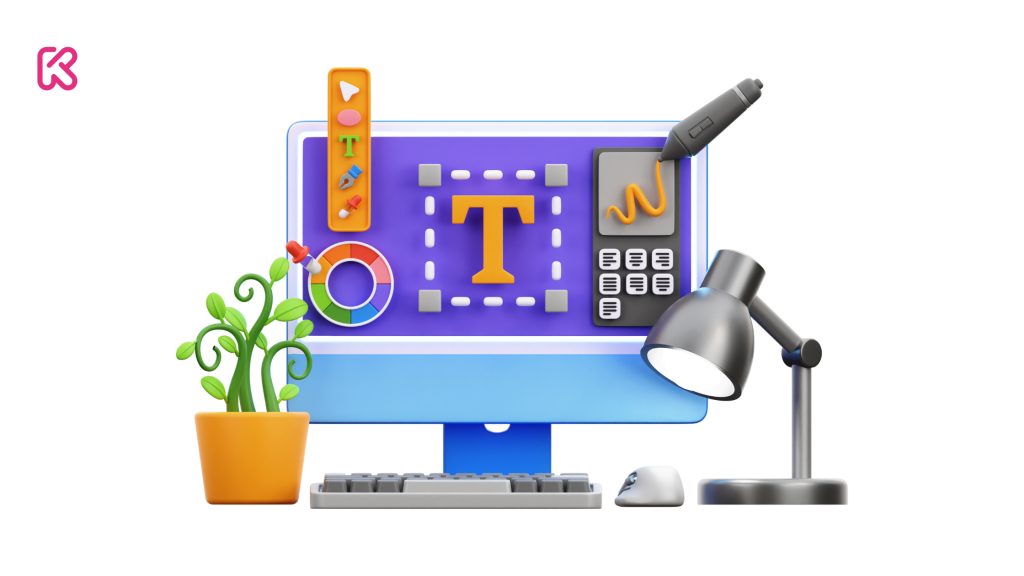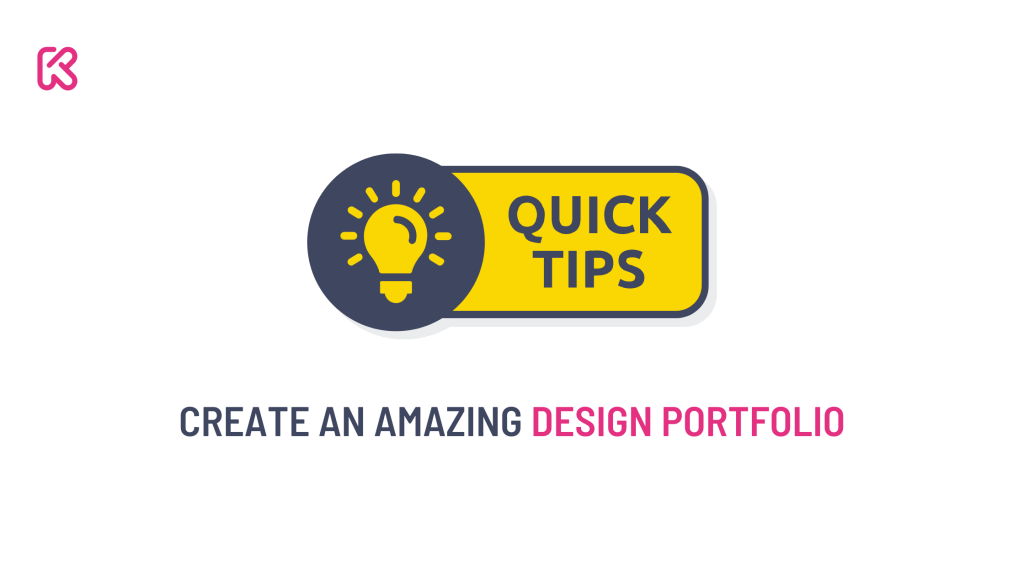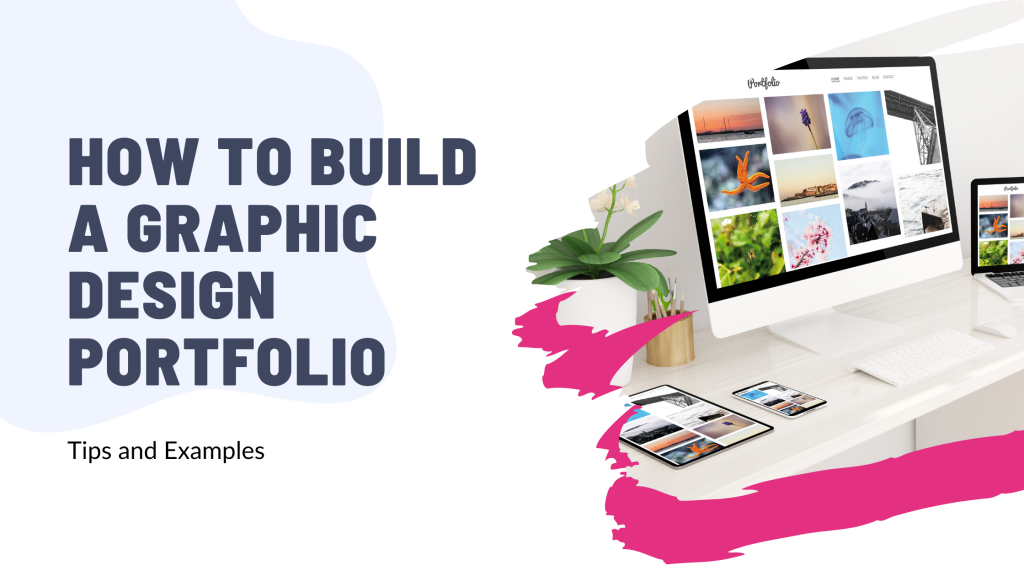Creating a compelling graphic design portfolio can feel like a daunting task, but it doesn’t have to be!
Whether you’re a seasoned designer looking to refresh your collection or a newbie eager to make your mark, this post has got you covered.
Imagine having a portfolio that not only showcases your best work but also tells your unique story and attracts the clients you’ve always dreamed of working with. Intrigued?
Stick around, because we’re about to share some game-changing tips and inspiring examples to help you build a portfolio that truly stands out. Let’s dive in and get those creative juices flowing!
Why a Graphic Design Portfolio Matters

Your graphic design portfolio is more than just a collection of your work; it’s your professional identity and gateway to new opportunities. A well-crafted portfolio showcases your skills and creativity, making it easier for potential clients and employers to see what you bring to the table.
Role of a Portfolio in Showcasing Skills and Attracting Clients
Imagine you’re a client looking for a graphic designer. Would you hire someone who just tells you they’re talented, or someone who shows you their talent through stunning examples?
That’s the magic of a portfolio—it provides a tangible way to present your work and demonstrate your expertise.
Benefits of a Well-Crafted Portfolio
A thoughtfully put-together portfolio does more than just display your designs; it builds your credibility and trust with potential clients.
Here are some key benefits:
- Demonstrates Expertise and Creativity: Your portfolio is your chance to shine. It shows off your best work and highlights your ability to solve design problems creatively.
- Builds Credibility and Trust: When clients can see what you’ve accomplished for others, they’re more likely to trust you with their projects. Including client testimonials and case studies can further boost your credibility.
- Provides a Tangible Way to Present Work: Instead of telling people about your skills, you’re showing them. This visual proof can make a big difference in convincing clients to hire you.
“Design is not just what it looks like and feels like. Design is how it works.” — Steve Jobs
By putting together a compelling graphic design portfolio, you’re not only showcasing your best work but also telling the story of your professional journey.
And that story could be the deciding factor in landing your next big project.
Key Elements of a Successful Graphic Design Portfolio

Creating a standout graphic design portfolio isn’t just about throwing together a bunch of projects. It’s about curating a collection that truly represents your skills, style, and professional journey.
Let’s break down the key elements that make a portfolio successful.
Quality Over Quantity
When it comes to your portfolio, less is often more. Instead of overwhelming viewers with dozens of projects, focus on showcasing your best work.
Each piece should highlight your strongest skills and be a testament to your creativity and expertise. Select projects that demonstrate a diverse range of abilities—think logos, web designs, and print materials.
This variety not only keeps things interesting but also shows potential clients that you’re versatile and adaptable.
Consistency and Branding
Your portfolio should be a reflection of your personal brand. Consistency in style and branding helps create a cohesive and professional look.
Use the same colors, fonts, and design elements throughout your portfolio to establish a unified theme. This consistency makes your portfolio visually appealing and easier to navigate.
Plus, it reinforces your unique design identity, making you more memorable to potential clients.
Clear and Concise Presentation
A beautiful design can fall flat if it’s not presented well. Clear descriptions and context for each project are crucial. Explain the client’s goals, the challenges you faced, and how you solved them.
Highlight the results and the impact your design had. Keep your summaries concise but informative—engage your audience without overwhelming them with too much information.
User-Friendly Navigation
Even the most stunning portfolio can be frustrating if it’s hard to navigate. User-friendly navigation is key to keeping viewers engaged. Organize your projects in a logical manner, perhaps by type or industry.
Use categories or tags to help users find what they’re looking for quickly. Remember, the easier it is for someone to explore your work, the more likely they are to appreciate it.
Practical Tips for Building Your Portfolio

A well-crafted graphic design portfolio isn’t built overnight. It requires careful planning and thoughtful execution. Here are some practical tips to help you create a portfolio that stands out and effectively showcases your skills.
Choose the Right Platform
Selecting the right platform for your portfolio is crucial. There are several popular options available, each with its own set of advantages and drawbacks:
Behance
Great for getting exposure and connecting with other designers. However, it can be competitive, and your work might get lost in the crowd.
Dribbble
Ideal for showcasing snippets of your work and getting feedback from the design community. It’s more about quick inspiration than detailed case studies.
Personal Website
Offers the most flexibility and control over how your work is presented. You can fully customize the design to match your brand, but it requires more effort to set up and maintain.
Consider your goals and choose a platform that best aligns with your needs.
Showcase a Variety of Work
It’s important to include different types of projects in your portfolio—logos, websites, print designs, etc. This variety not only keeps things interesting but also demonstrates your versatility as a designer.
However, while showcasing diverse work, ensure that your overall style remains cohesive. This balance between versatility and consistency helps potential clients understand your capabilities without feeling like they’re looking at work from multiple designers.
Include Case Studies
Case studies are an excellent way to provide deeper insights into your design process. They explain the story behind each project, including the client’s goals, the challenges you faced, and how you overcame them.
Here’s how to write compelling case studies:
Start with the Problem: What was the client trying to achieve?
Explain Your Process: How did you approach the problem? Include sketches, drafts, and iterations.
Showcase the Solution: Highlight the final design and explain why it works.
Highlight the Results: What impact did your design have?
Case studies add context to your work and show clients that you’re not just a designer but a problem solver.
Keep It Updated
A portfolio is a living document that should grow with your career. Regularly updating it with new work keeps it fresh and relevant.
Set a schedule for portfolio reviews—perhaps every quarter or after completing significant projects. Remove outdated work that no longer represents your current skills or style.
Staying current not only shows that you’re active in your field but also keeps you excited about presenting your best self to potential clients.
Examples of Outstanding Graphic Design Portfolios
Example 1: Jessica Walsh
Jessica Walsh, co-founder of the creative agency &Walsh, has a portfolio that is nothing short of inspiring. Her work is characterized by bold colors, playful typography, and a mix of digital and physical design elements.
- Description of Style and Work: Jessica’s designs are vibrant and full of life, often incorporating quirky and unexpected elements that grab attention. Her projects range from branding and advertising to installations and art direction.
- What Makes It Stand Out: Her portfolio is a visual feast with a cohesive style that is undeniably hers. Each project is presented with stunning visuals and detailed case studies that provide insight into her creative process. The use of high-quality imagery and interactive elements adds depth, making her portfolio not only informative but also highly engaging.
- Portfolio Link: Jessica Walsh Portfolio
Example 2: Tobias van Schneider
Tobias van Schneider is a multidisciplinary designer known for his clean, minimalist aesthetic. His portfolio showcases a wide range of projects, from web design and branding to product design and photography.
- Description of Style and Work: Tobias’s work is sleek and modern, often characterized by clean lines, monochromatic color schemes, and thoughtful use of negative space. His projects include collaborations with high-profile clients like NASA, Red Bull, and BMW.
- What Makes It Stand Out: Tobias’s portfolio stands out for its simplicity and elegance. Each project is presented with minimal text, letting the visuals speak for themselves. The clean layout and intuitive navigation make it easy to explore his work. Additionally, Tobias includes personal projects and essays, giving viewers a more holistic view of his creative journey and thought process.
- Portfolio Link: Tobias van Schneider Portfolio
Common Mistakes to Avoid

Building a graphic design portfolio is an art in itself, and there are a few common pitfalls that can detract from its effectiveness. Here are some mistakes to watch out for and tips on how to avoid them.
Overloading with Too Many Projects
While it might be tempting to showcase all your work, including too many projects can be overwhelming for viewers. An overloaded portfolio can dilute the impact of your best work and make it harder for potential clients to see your strengths.
Too many projects can clutter your portfolio, making it difficult for viewers to navigate and find the highlights. It can also give the impression that you lack focus or direction.
Choose a handful of your strongest, most relevant projects that showcase a range of skills and styles. Aim for quality over quantity. Each project should serve a purpose and demonstrate a specific aspect of your expertise.
Inconsistent Design Style
Maintaining a consistent design aesthetic across your portfolio is crucial. A mismatched or inconsistent style can confuse viewers and undermine your professional identity.
A cohesive look not only makes your portfolio more visually appealing but also reinforces your personal brand. It helps potential clients understand your design approach and ensures that your work looks polished and professional.
Stick to a consistent color palette, typography, and layout throughout your portfolio. Before adding a new project, consider whether it aligns with your overall aesthetic. If a project deviates significantly from your usual style, think twice about including it.
Lack of Context or Information
Simply displaying visuals without any context or explanation can leave viewers guessing about the purpose and process behind your designs. Providing context is crucial for helping potential clients understand the value of your work.
Context helps viewers appreciate the full scope of your projects, including the challenges you faced and the solutions you implemented. It demonstrates your problem-solving skills and gives insight into your design process.
Include clear, concise descriptions for each project. Explain the client’s goals, the challenges you encountered, and how you addressed them.
Highlight the results and impact of your work. Balance detail with brevity—provide enough information to inform without overwhelming the viewer.
Conclusion
Building a graphic design portfolio is an exciting journey that showcases your unique skills and creativity. By focusing on quality over quantity, maintaining a consistent design style, and providing context for each project, you can create a portfolio that truly stands out. Remember to choose the right platform, showcase a variety of work, include compelling case studies, and keep your portfolio updated with your latest projects.
If you need help implementing these tips or have any questions, we’re here to assist you. Feel free to reach out via our contact form, or connect with us on Instagram or Facebook. We’re excited to help you create a portfolio that opens doors to new opportunities and showcases your best work.

